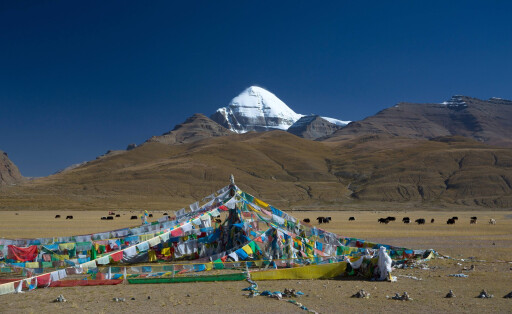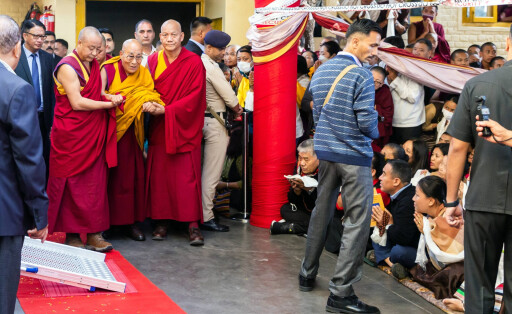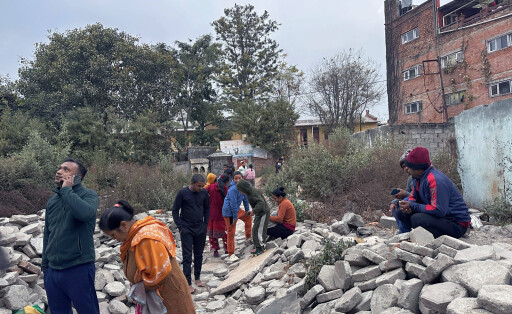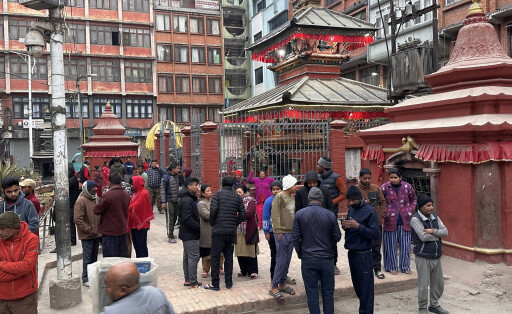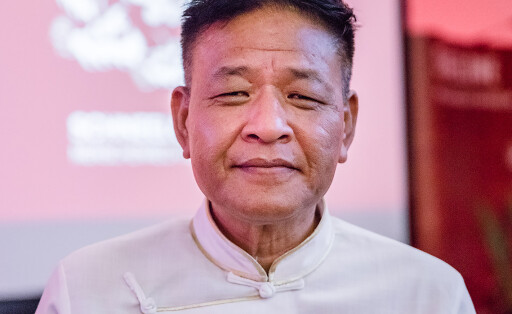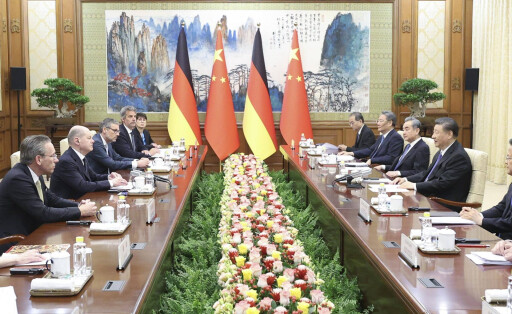Tibet is an autonomous region in western China. Due to accusations of human rights violations and an ongoing conflict about the independence of Tibet, China faces international criticism. Read all relevant and current news on China.Table.
What is Tibet?
The Tibet Autonomous Region is located to the southwest of the People's Republic of China and borders India, Nepal, Bhutan, and Myanmar. It is one of the highest regions in Inner Asia and is therefore also referred to as the "roof of the world". Mount Everest is located on the border with Nepal. Tibet Autonomous Region has about 3.9 million inhabitants, most of whom make a living from agriculture.
What is the conflict between China and Tibet about?
For decades, there has been an ongoing conflict about the status of Tibet with China. The relationship with China dates back centuries. After the end of the Qing Dynasty in 1912, Tibet declared its independence. However, following the communist takeover under Mao Zedong (1949), in 1950, Chinese troops invaded Tibet. In 1951, under political pressure, Tibetan government spokesmen signed the "17-Point Agreement", also known as the "Seventeen Point Agreement for the Peaceful Liberation of Tibet". As a result, the region lost its independence.
Since then, Tibet's status as a part of China has been contested under international law. For China, it is an integral part of the mainland that was reincorporated through the conquest. On the other hand, the Tibetan government in exile, maintains that it used to be an independent state until China's invasion. They argue that China’s invasion violates international law.
Why is Tibet so important to China?
The defense of Chinese territory is an indispensable aspect of national security for the Communist Party. Accordingly, China reacts rigidly to independence efforts by individual regions, such as Tibet, Xinjiang, and Hongkong. Furthermore, Tibet not only forms a geopolitically important border with neighboring India but also holds great cultural and historical significance for China’s self-image. In recent years, uprisings such as the Tibetan unrest in 2008 have been suppressed and any international criticism has been fended off.
The conflict between China and Tibet is far from being solved. China.Table provides you with the latest news and developments.

